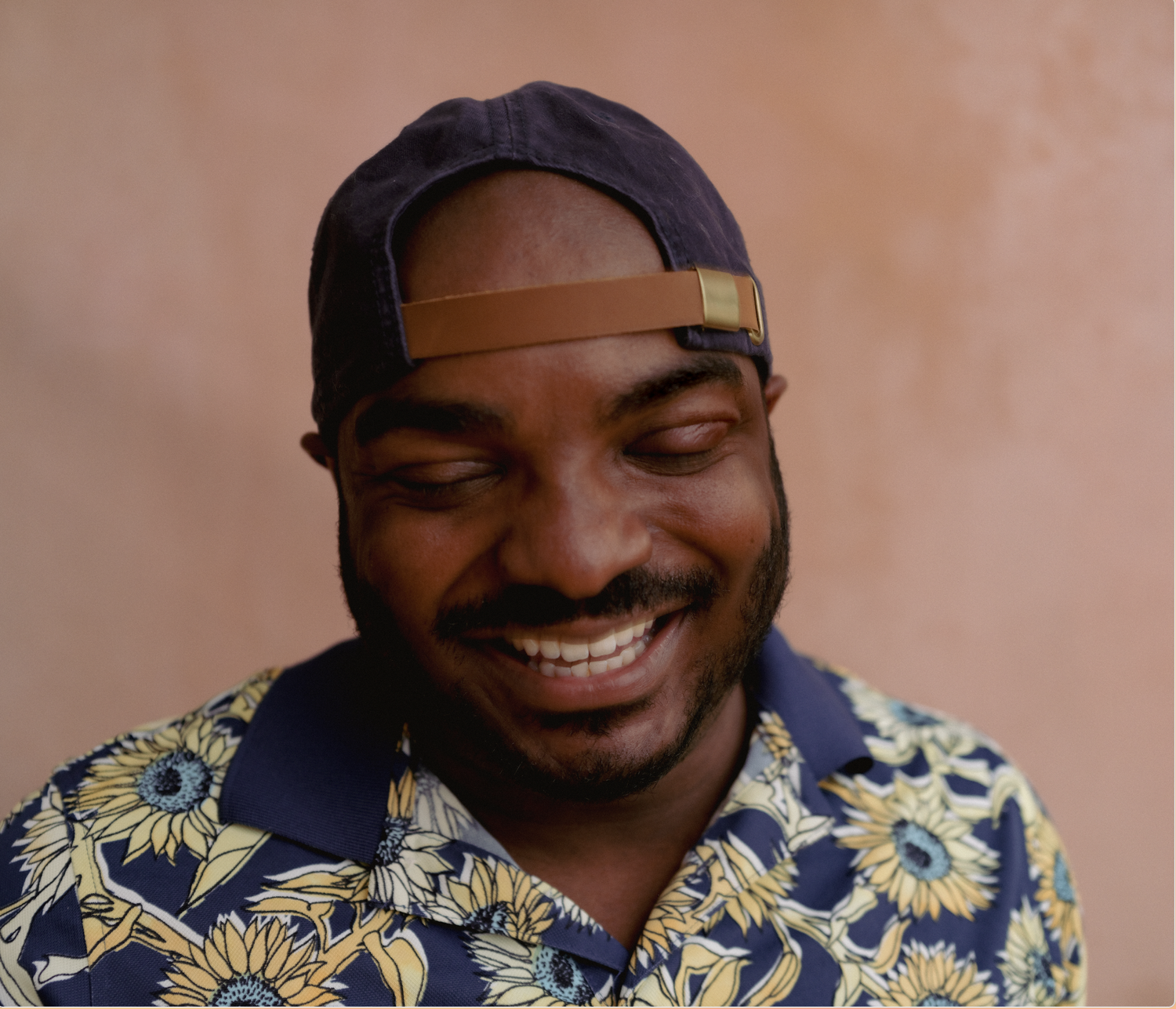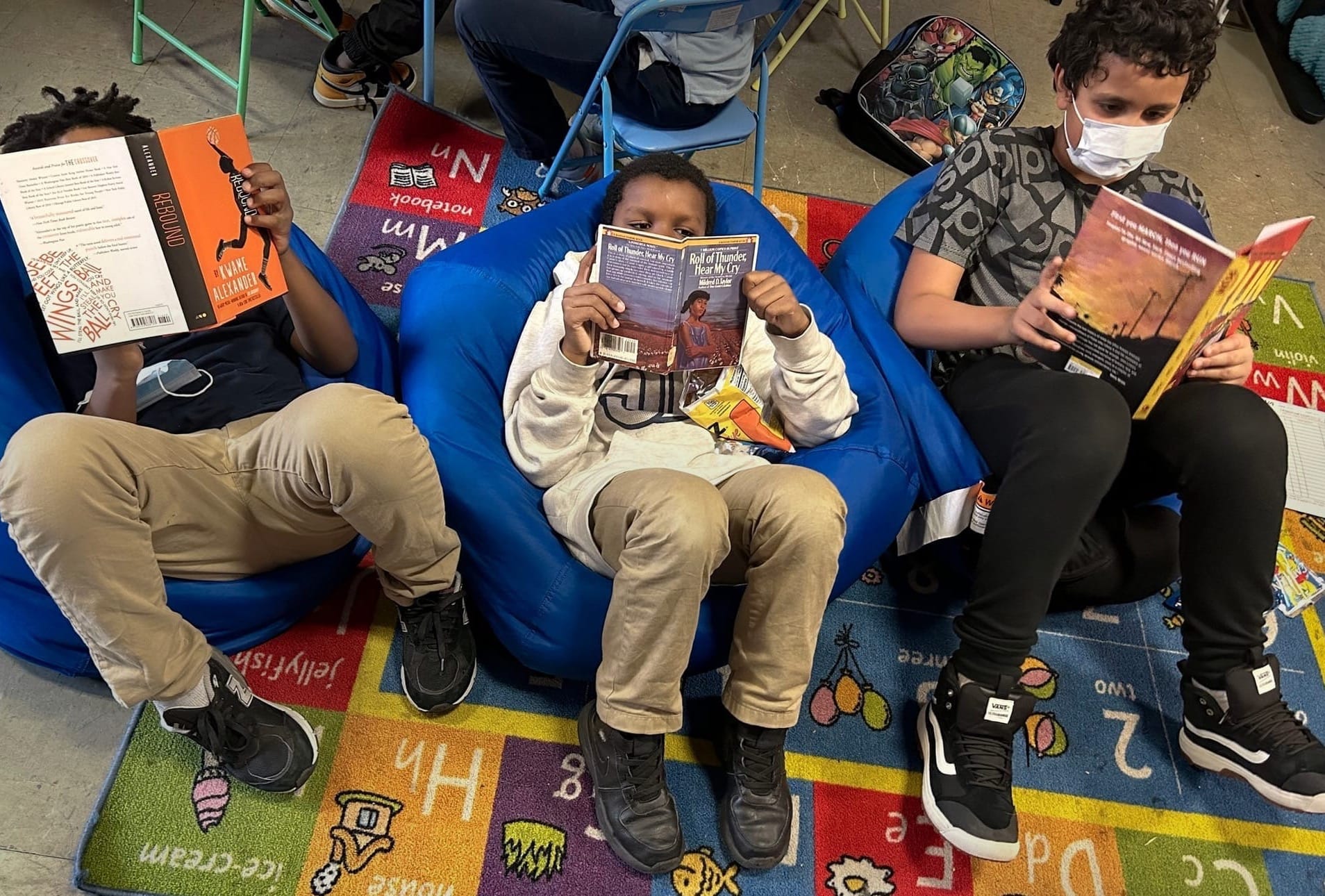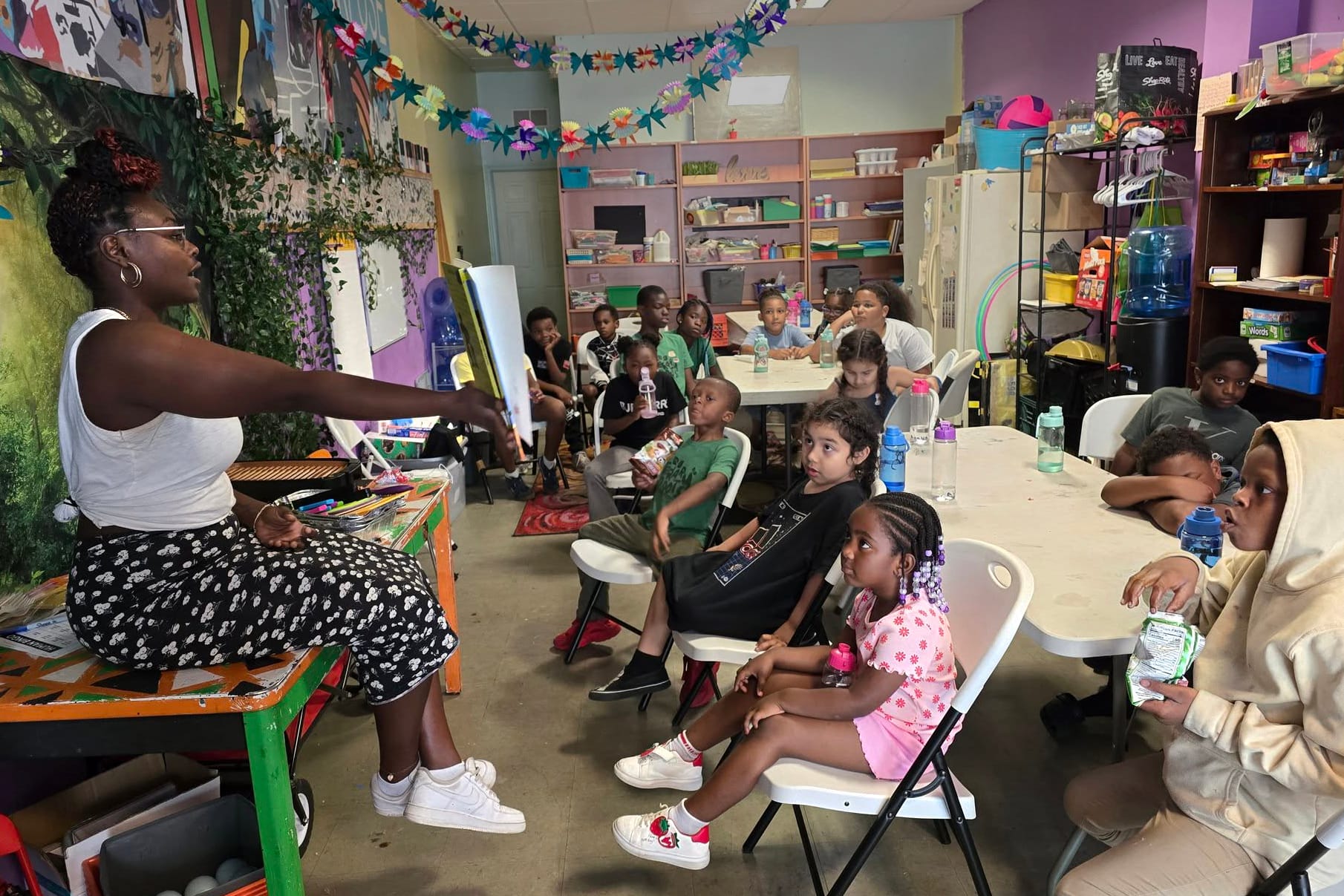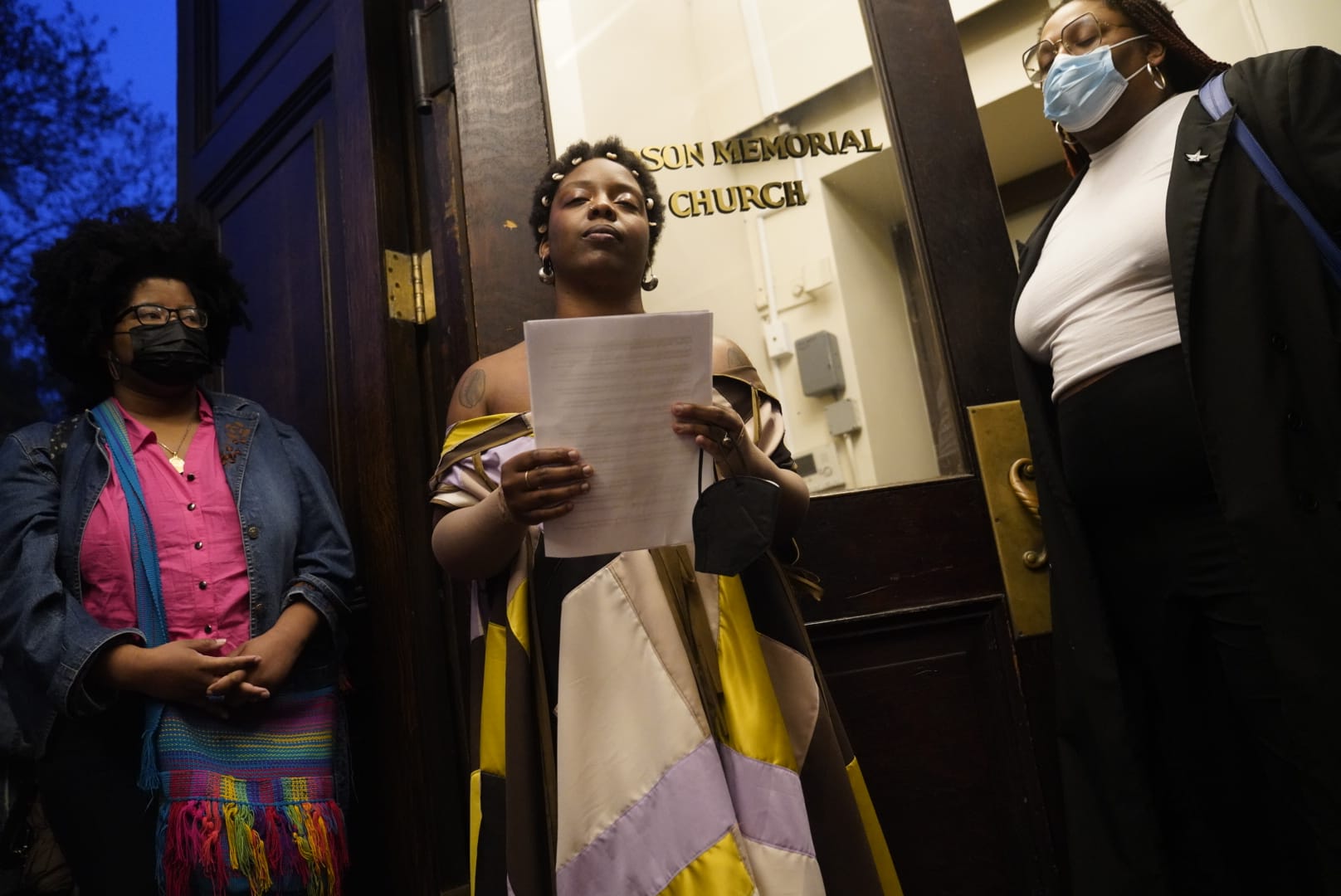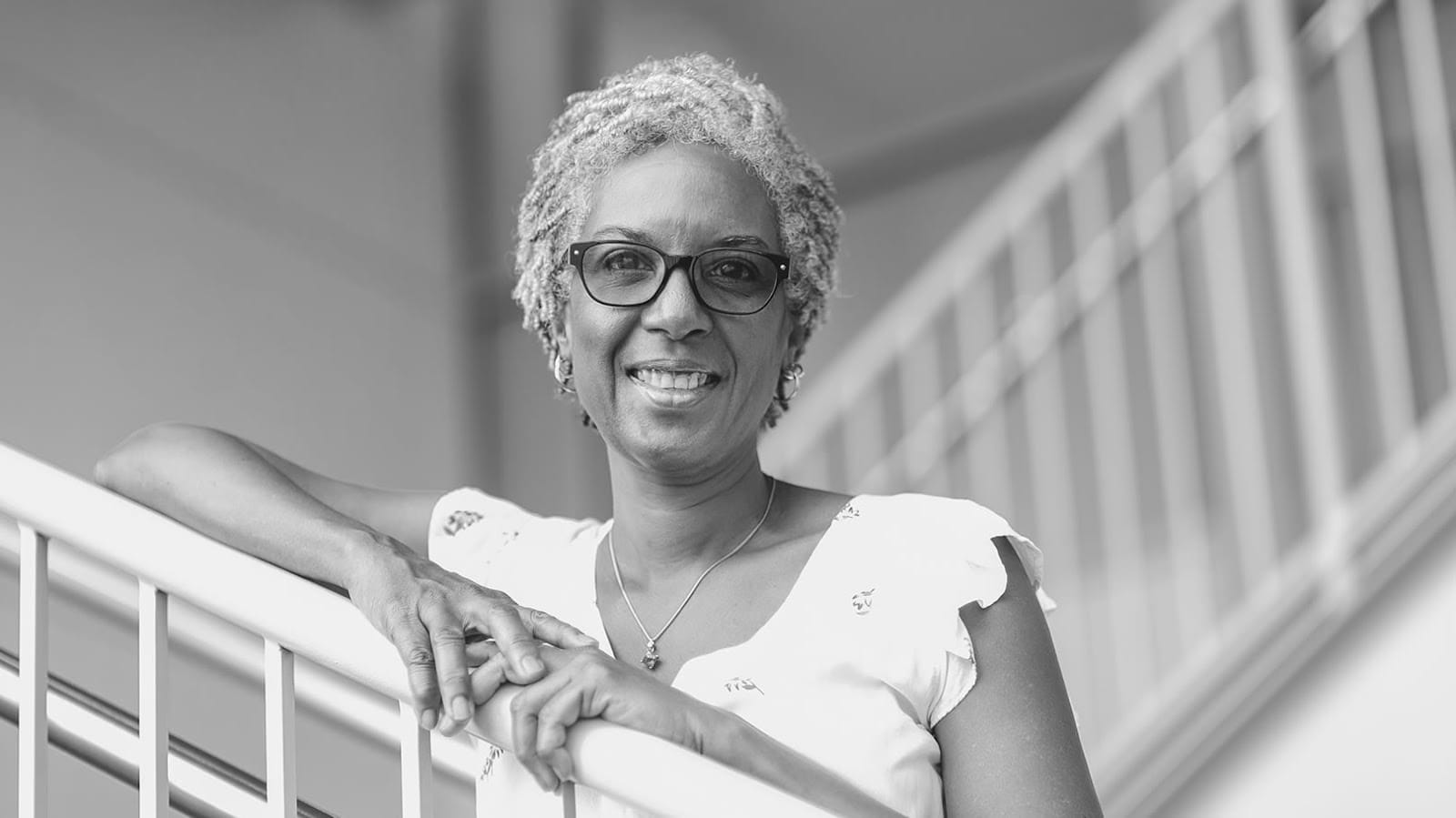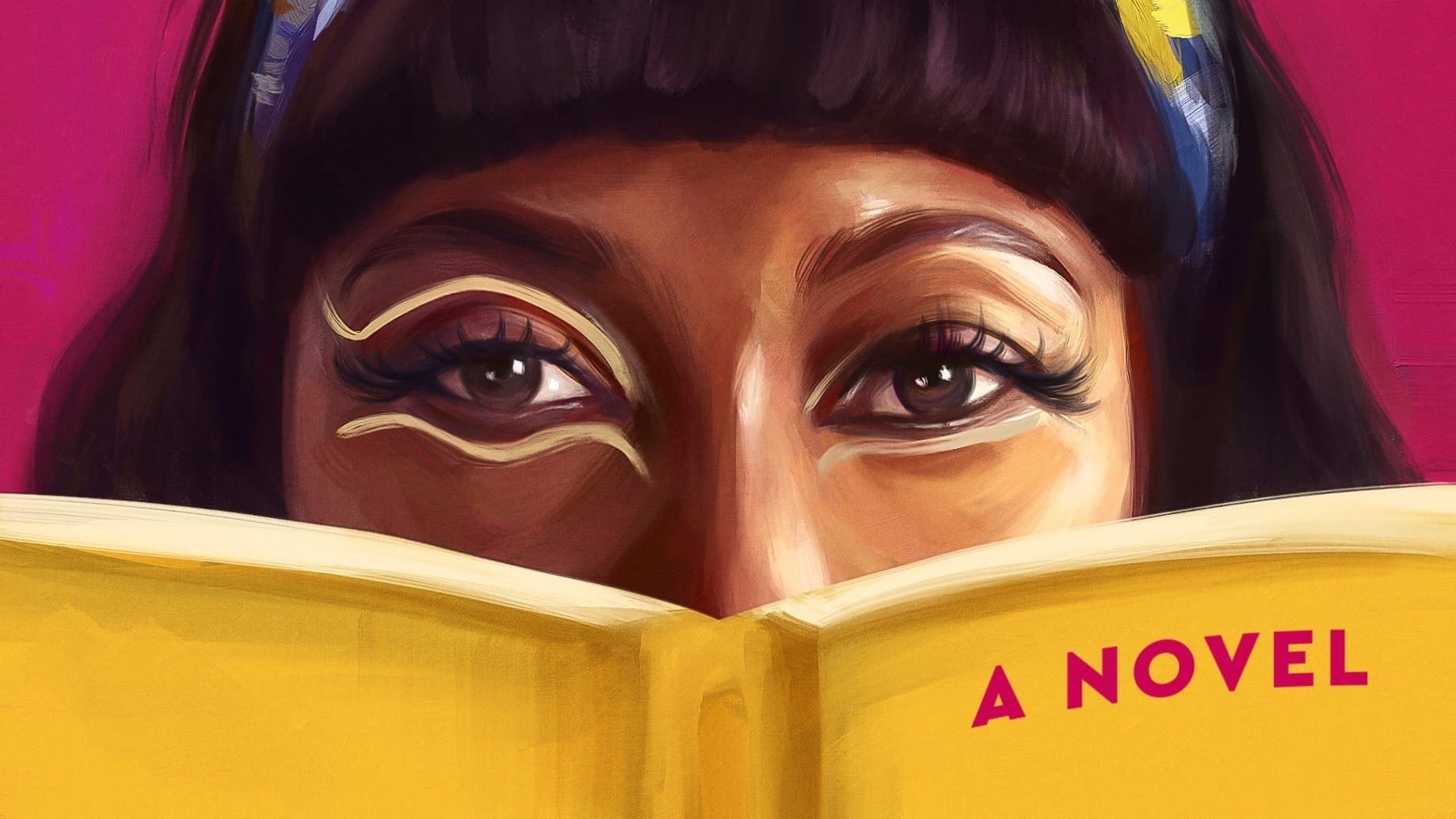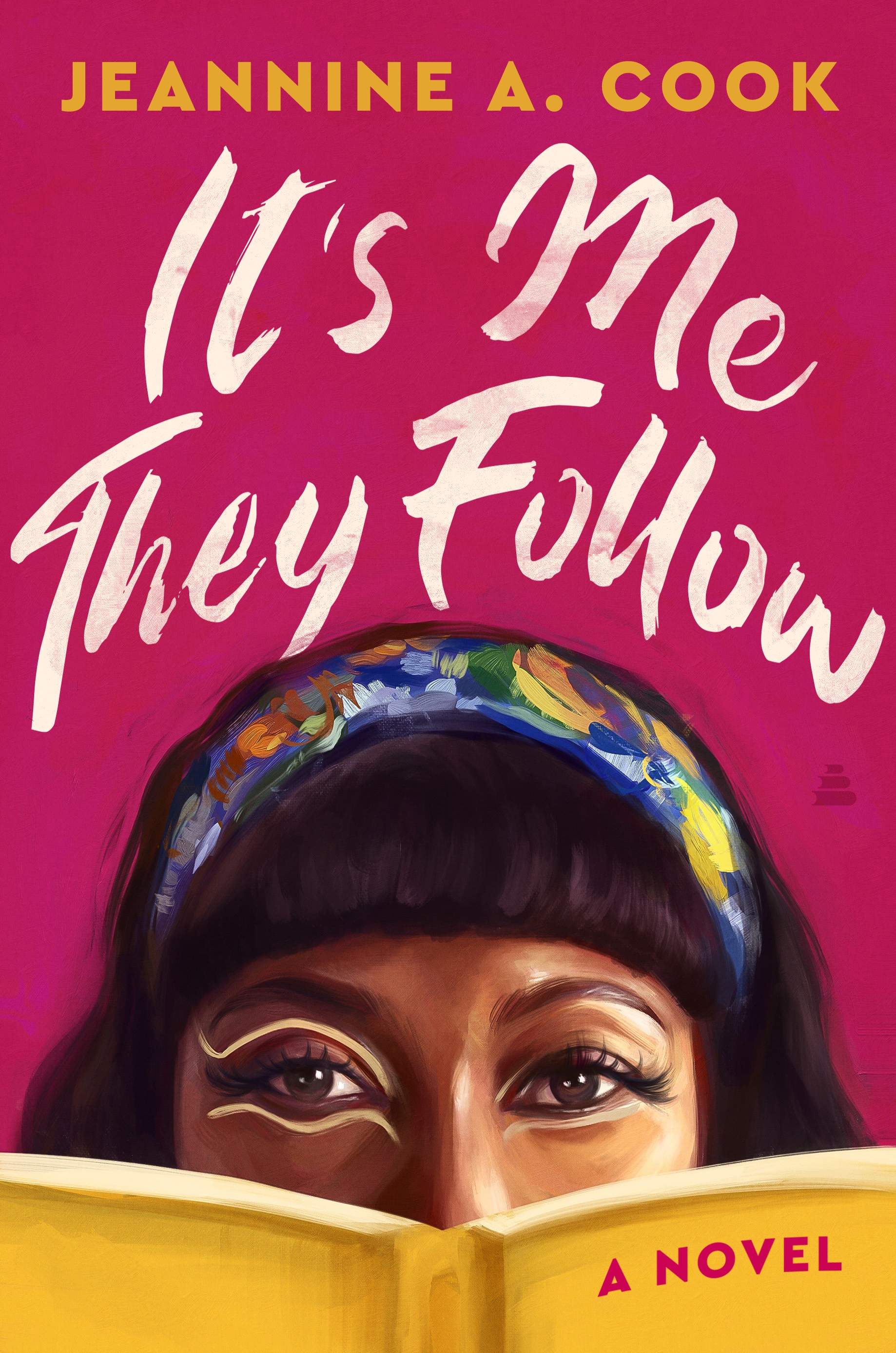Elijah Crawford Is Making Films That Don’t Care If You “Get It”—And That’s Exactly the Point
Philadelphia doesn’t need more perfect films. It needs real ones—and that’s exactly what Elijah Crawford is making.
Philadelphia doesn’t need more perfect films. It needs real ones—and that’s exactly what Elijah Crawford is making.
The self-taught filmmaker and co-founder of Ugly Arts Studio has been steadily rewriting the rules of visual storytelling in Philly’s indie scene. His work doesn’t explain itself. It doesn’t ask for permission. Instead, it invites you to sit in the uncomfortable, the poetic, and the beautifully messy spaces of life that most movies skip right over.
Crawford’s path to filmmaking wasn’t planned. Before he was behind the camera, he was in front of it—modeling for fashion campaigns, studying shape, texture, and mood through clothes and photographs. “Fashion taught me how to communicate without speaking,” he says. “Now I’m using film to do the same thing—just with more layers.”
That attention to detail—texture, fabric, movement—shows up in his films, but it’s never just aesthetic for aesthetic’s sake. Crawford’s visual work pulls you in with the vibe, then keeps you there with the meaning. His debut art film, The Cure for Depression, premiered at the historic MoA Bank last year, transforming the old North Philly banking hall into something closer to a living installation than a typical movie screening. Part dark comedy, part social critique, The Cure for Depression dives headfirst into mental health and consumerism through the eyes of Edie, a fragmented protagonist portrayed by multiple actresses. It was confusing. It was intimate. It was unforgettable. “Everyone has their own version of depression,” Crawford says. “That’s why I wanted Edie to be many people at once.”
But what really makes Crawford’s work different isn’t just the story—it’s the visual language. Ugly Arts Studio brings this unmistakable ‘70s art film aesthetic to the table—warm, saturated colors, analog textures, surreal cuts, soft lighting mixed with grime. Think vintage photo albums, scratched vinyl, hazy Sunday mornings, old cassette tapes warped by summer heat. “I’m inspired by that era because it wasn’t clean,” Crawford says. “It felt lived-in, like the film itself had a memory.”
That aesthetic shows up everywhere—from the cinematography to the clothes the characters wear. Crawford isn’t chasing nostalgia for the sake of nostalgia. He’s using it like a painter uses texture—as a material to tell stories about time, identity, and memory. His work feels at once contemporary and ancient, like you’re watching a future artifact.
That approach showed up again in his recent work as the film director on Gaberdine, a live- performance-to-film hybrid piece from Philadelphia performer David Gaines. Translating a live stage work into an immersive short film isn’t easy, but Crawford approached it the same way he does everything: blending mediums, bending expectations, letting the seams show. The result is a piece that feels like it’s breathing—half-performance, half-dream, fully alive. “It’s about honoring the live moment while also reshaping it into cinema,” he says. “Two things can be true at once.”
And that’s really the heart of Crawford’s whole creative practice: holding contradictions at the same time, letting discomfort and beauty sit next to each other without explaining which is which. His work trusts the audience to find their own meaning.
That DIY ethos expands beyond his filmmaking. Earlier this year, Ugly Arts Studio launched No Alibi Magazine, a new publication dedicated to art, fashion, photography, and essays—all with that same bold, unapologetic, Philly-rooted spirit. Like his films, the magazine doesn’t follow traditional rules—it’s part gallery, part journal, part secret message passed between friends.
For Crawford, it’s all part of the same vision: creating spaces for artists to express themselves without having to translate for people who aren’t from here, who don’t share the same reference points. “Not everything needs to be explained,” he says. “Sometimes you just have to be there.”
Even as national platforms like MTV, Billboard, and The Cut Magazine start catching on to his work, Crawford’s focus stays hyperlocal. He’s committed to building with the people around him—working with local designers, writers, stylists, and performers to build an ecosystem that feels true to Philly. “Philly is full of untapped magic,” he says. “You just have to look in the right places—and sometimes, you have to create the spaces yourself.”
And when it comes to storytelling, Crawford isn’t afraid to make things that feel incomplete or unresolved. “I don’t want to explain everything,” he says. “That’s not how life works. You don’t always get closure in the real world. So why should a film tie everything up at the end?” For some, that might feel challenging. For others, it feels like home.
Whether it’s directing a film that refuses to tell you how to feel, curating a magazine that doesn’t fit neatly on anyone’s coffee table, or turning a former bank into a psychedelic movie theater for one night, Elijah Crawford is proving that independent art in Philly isn’t waiting for approval. It’s already here—and it’s already building something bigger.
Independent cinema doesn’t need permission. It needs vision. Crawford’s got both. And he’s just getting started.
